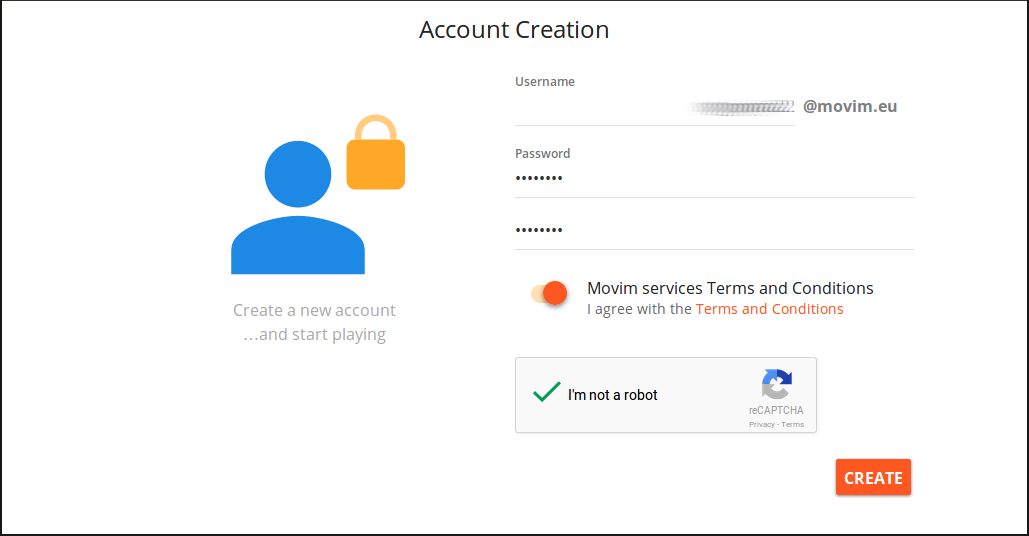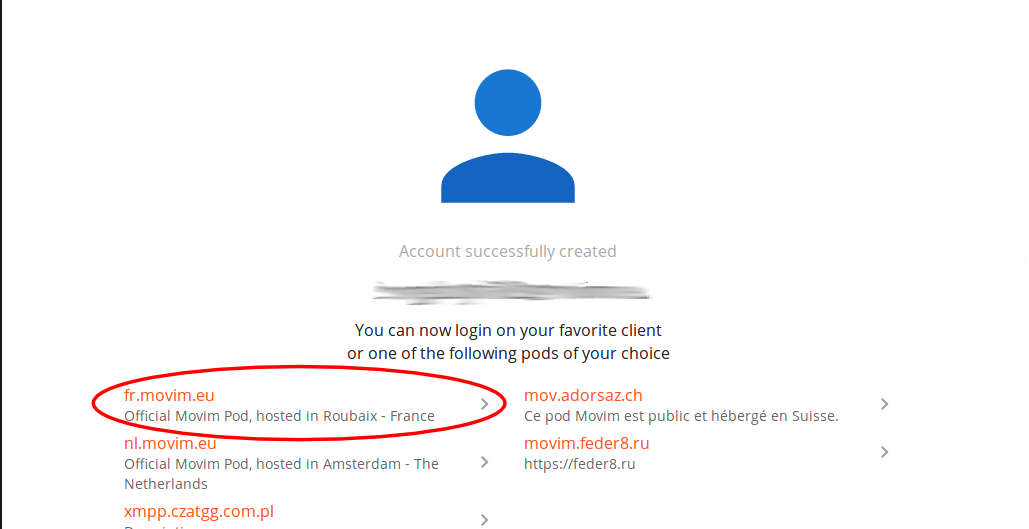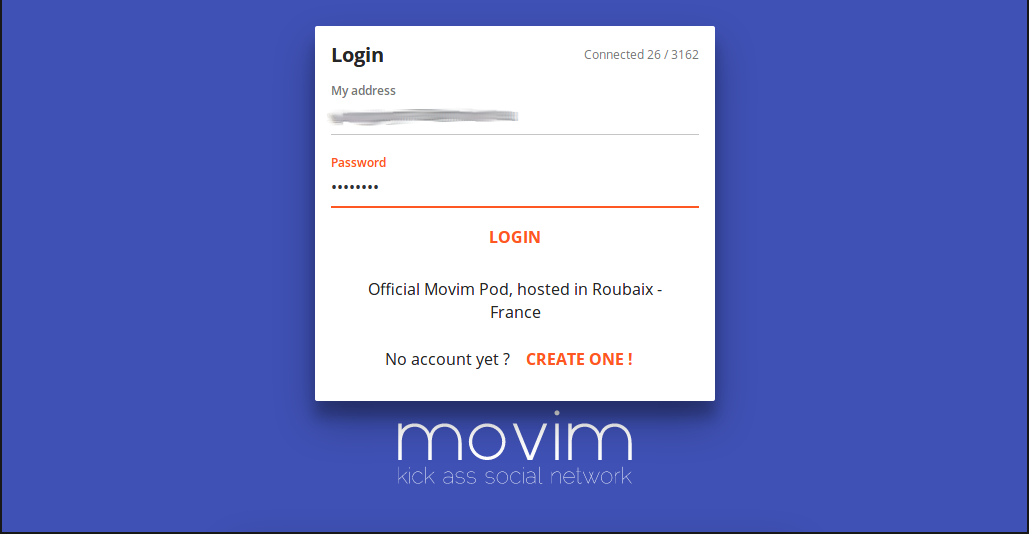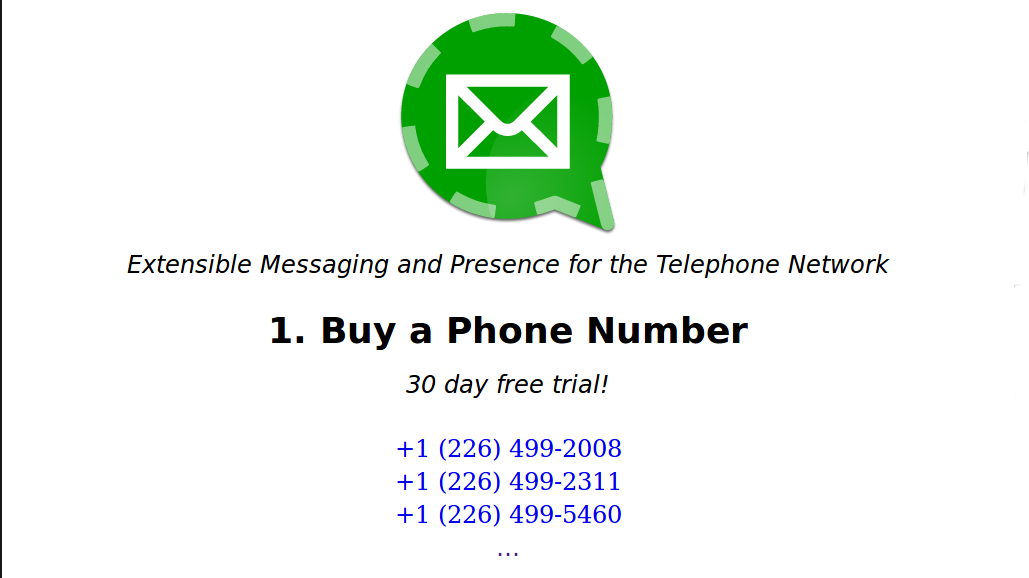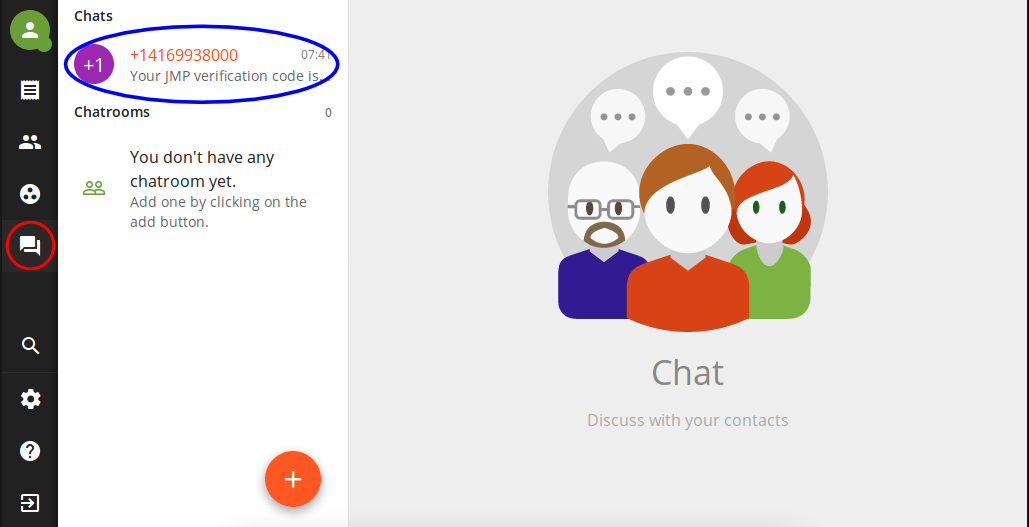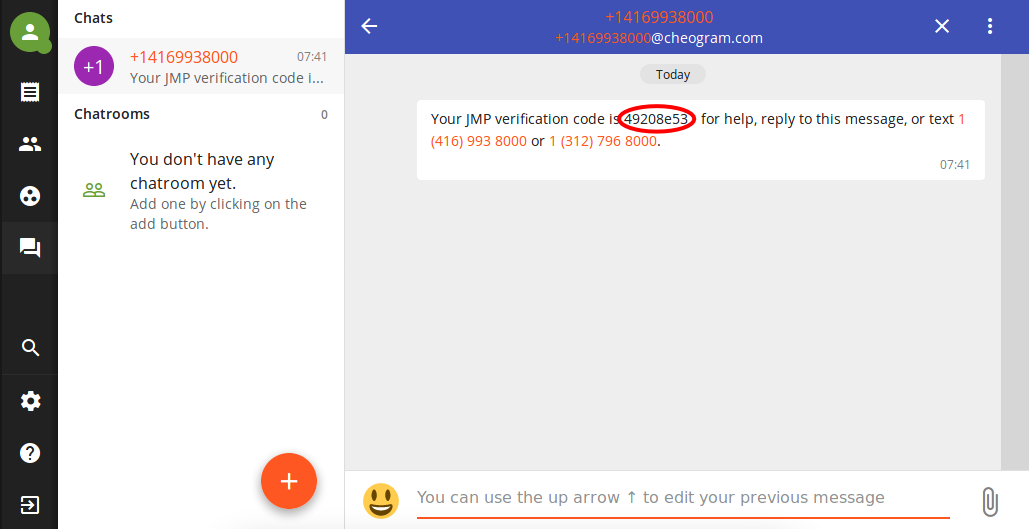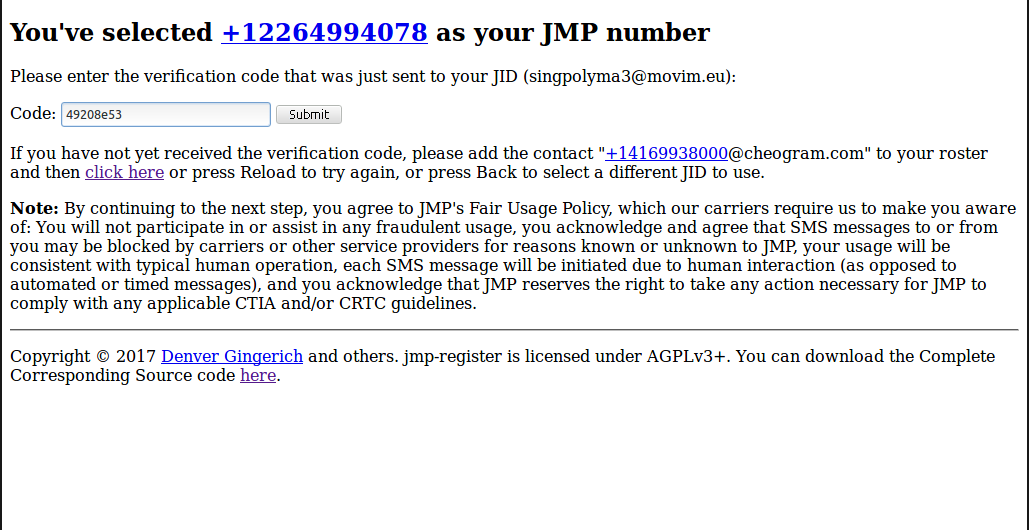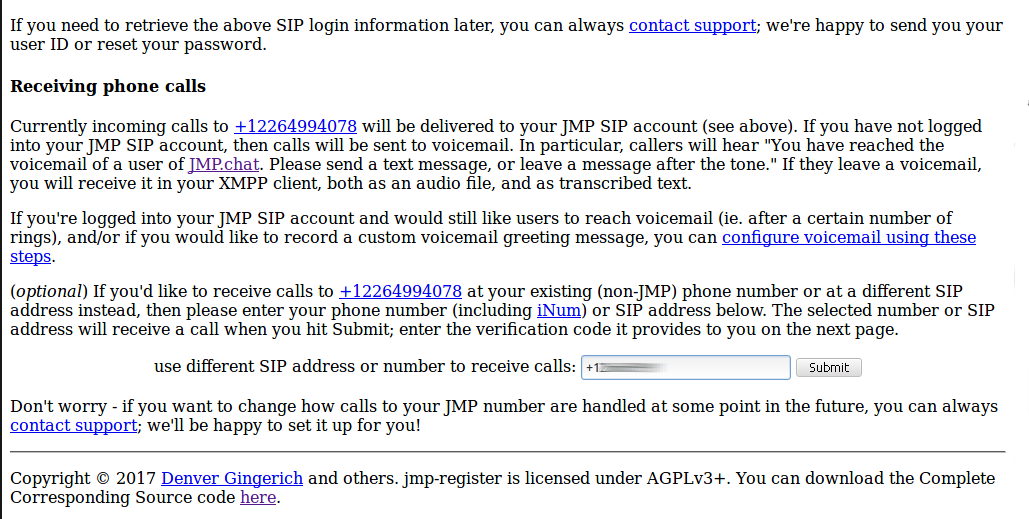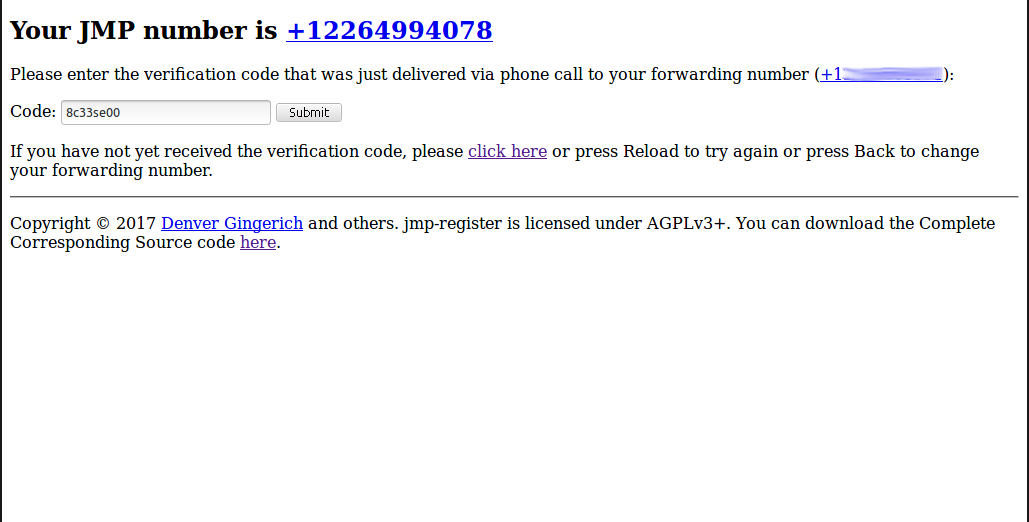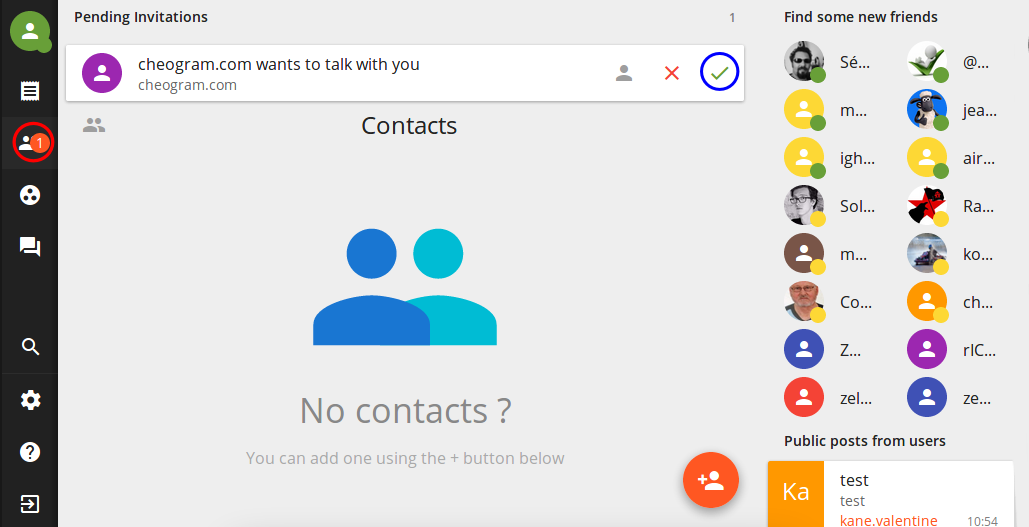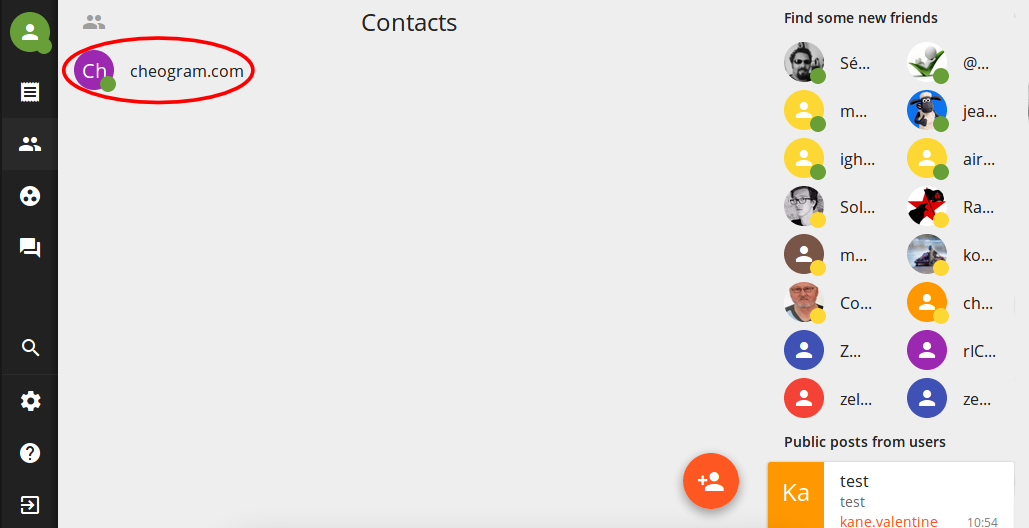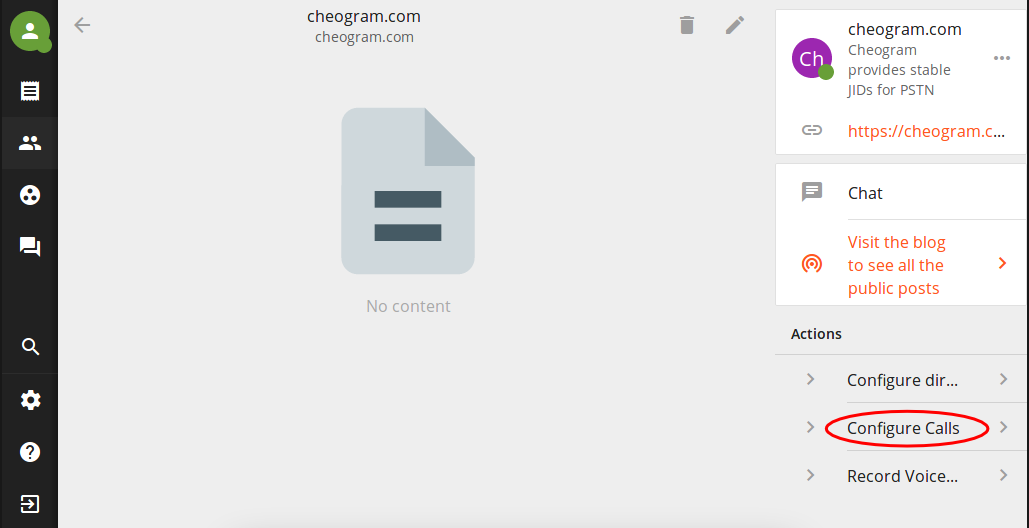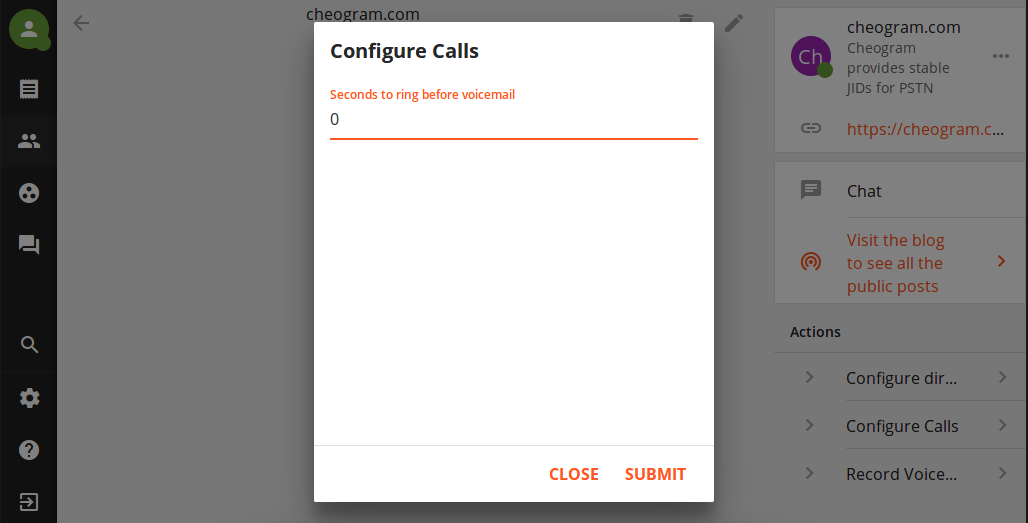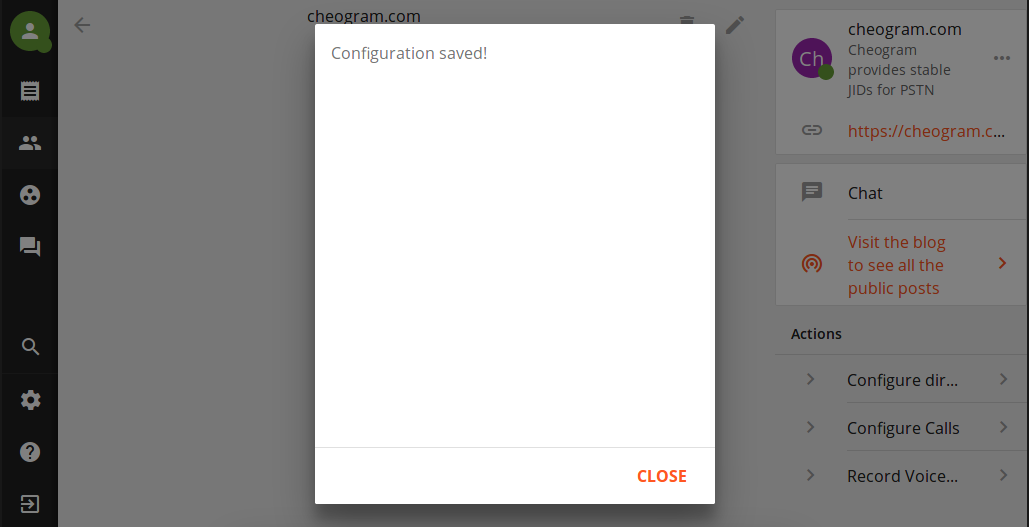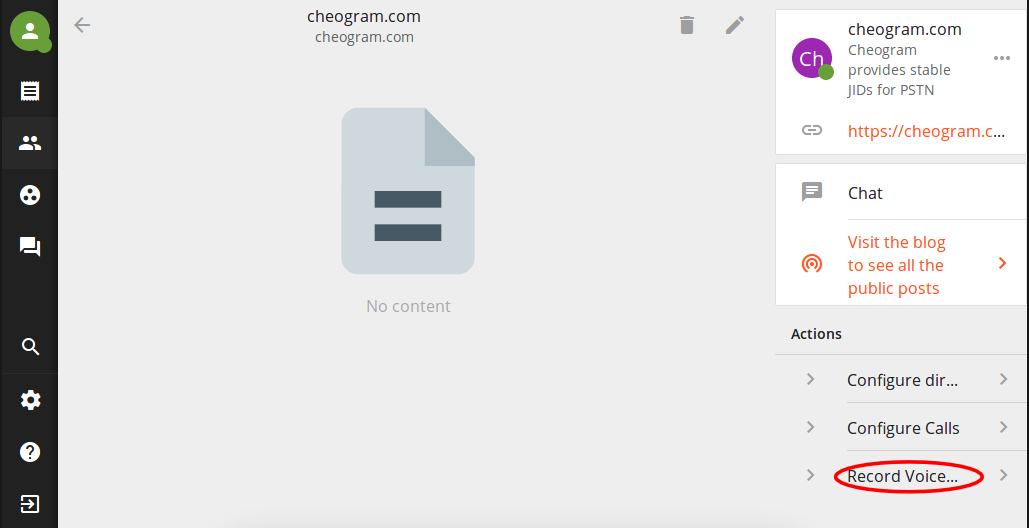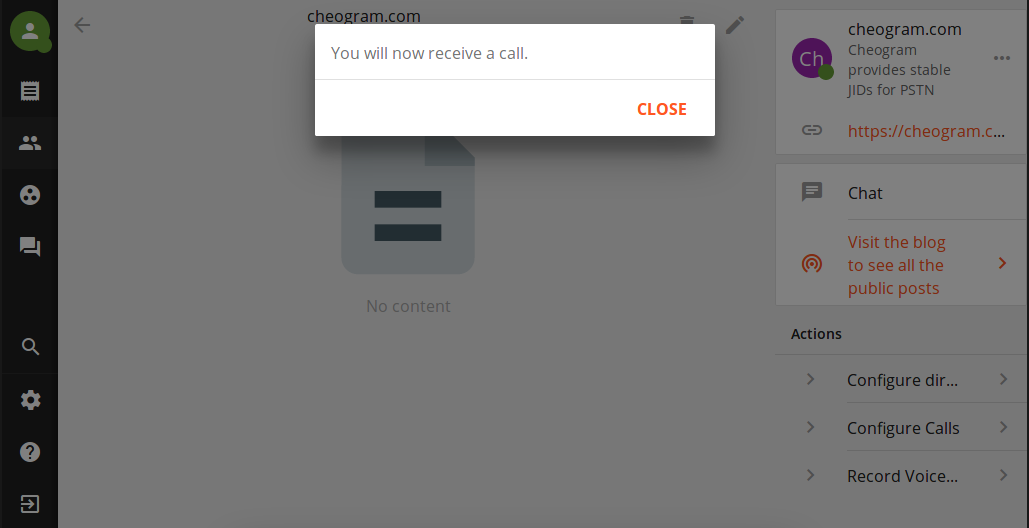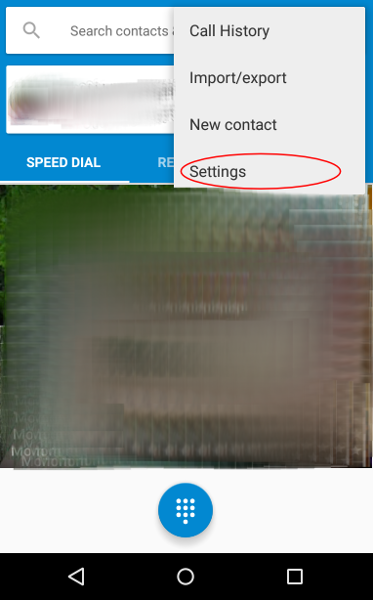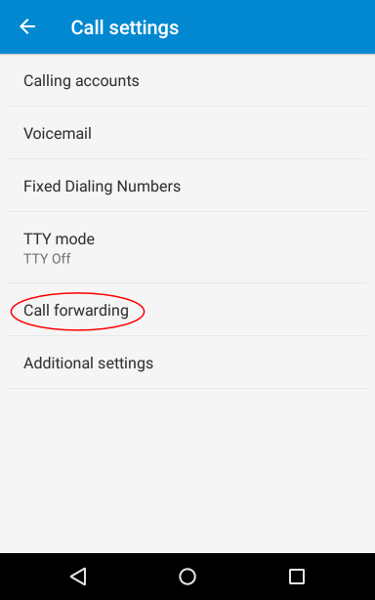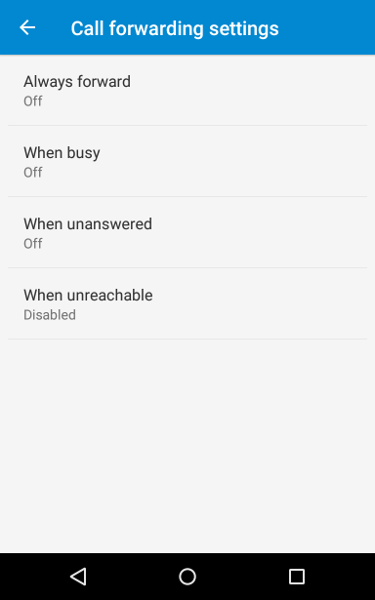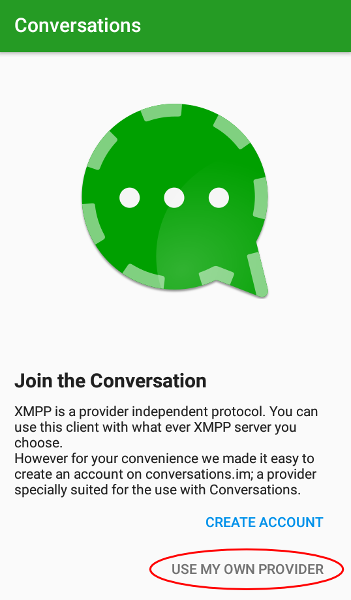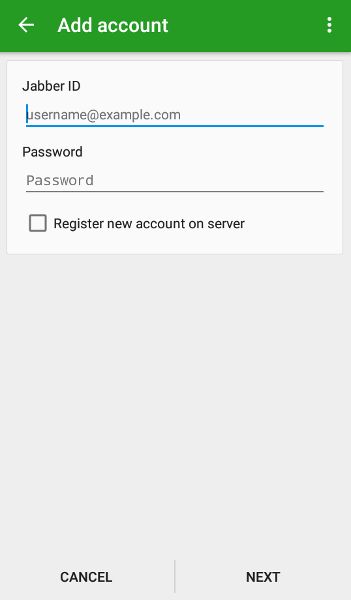This year I again attended the Creative Commons Global Summit. There were many great sessions and participants both last year and this year, but I’ve had this growing feeling I can’t shake.
My emotions were best summed up by a conversation I had with a friend just after the conference had ended. “How was your conference?” he asked. “Oh, it was good.” I replied. “Lots of Free Culture?” he asked. There was an awkward pause, “Uh… not really.” “Yeah,” he said, “Free Culture is dead. We lost.”
That’s not to say the the causes of Libraries, Museums, Open Access, Open Science, and Open Data are not good. It’s not to say the conference wasn’t full of many noble things that I support. But Free Culture is just not on anyone’s agenda.
I’ve been saying for awhile that it seems like the Free Culture community has lost leadership and momentum, that there is no rally point, no meeting place. But the truth may be that this is just the symptom of having moved on.
I think there are a couple of reasons for this. One is that the Free Culture movement was always born out of a desire to access *existing* cultural resources, and not to replace them. This means that Free Culture advocates are more likely to spend effort advocating for Fair Dealing / Fair Use, exceptions to copyright, and “balance” rather than promoting Free Culture artists and works. There has also just been more success with education. No work of Free Culture (unless you stretch to include Wikipedia) has had any mainstream cultural impact. The Open Access and OER movements by contrast are changing the face of education around the world. It’s also just a function of students and others who were heavily involved maturing and losing the free time they had to spend on movement activities.
But what could it mean for Free Culture to be “dead”? According to last year’s State of the Commons report, there are on the order of 780 million Free Culture works on the Internet, and the number is growing daily. The licenses are alive and well, and while this report may over-count some things (due to user error, etc, when marking the license of a work) it seems like there is a lot of Free Culture out there. I think, however, that the movement has stalled. Free Culture is just an option in a dropdown on a hosting platform now.
Some might see this as a sign of success. At one point, no one had heard of Free Culture or Creative Commons, now many major hosting platforms offer the licenses as an option. I think it depends on what you see as the goal, and what you think of as success.
For me, right now, short-term success is getting to the point where at least one body of Free Cultural work (needs to be more than a standalone work, probably, to have staying power) achieves mainstream cultural impact. Where I could mention this body of work to someone totally unrelated to the movement and they would have at least a halfway chance of having heard of it.
Awhile ago now the main Vlogbrothers channel went CC-BY. This is certainly a body of work with a reasonable amount of success, and so is very good progress in this area.
However, my favourite to support for this remains Pepper & Carrot a born-free, community-supported webcomic by David Revoy. Revoy is a Free Culture and Free Software supported, and he really seems to understand why this sort of thing is necessary, and how to go about it. He not only embraces, but encourages and promotes all kinds of derivative works both non-commercial and commercial in nature. I think this may be a real shot to have a somewhat-well-known, ongoing franchise with only loose central management. I will continue to do what I can, and continue to remain hopeful.
If you want to connect with like-minded Free Culture enthusiasts, I recommend joining the WIFO Forum.
